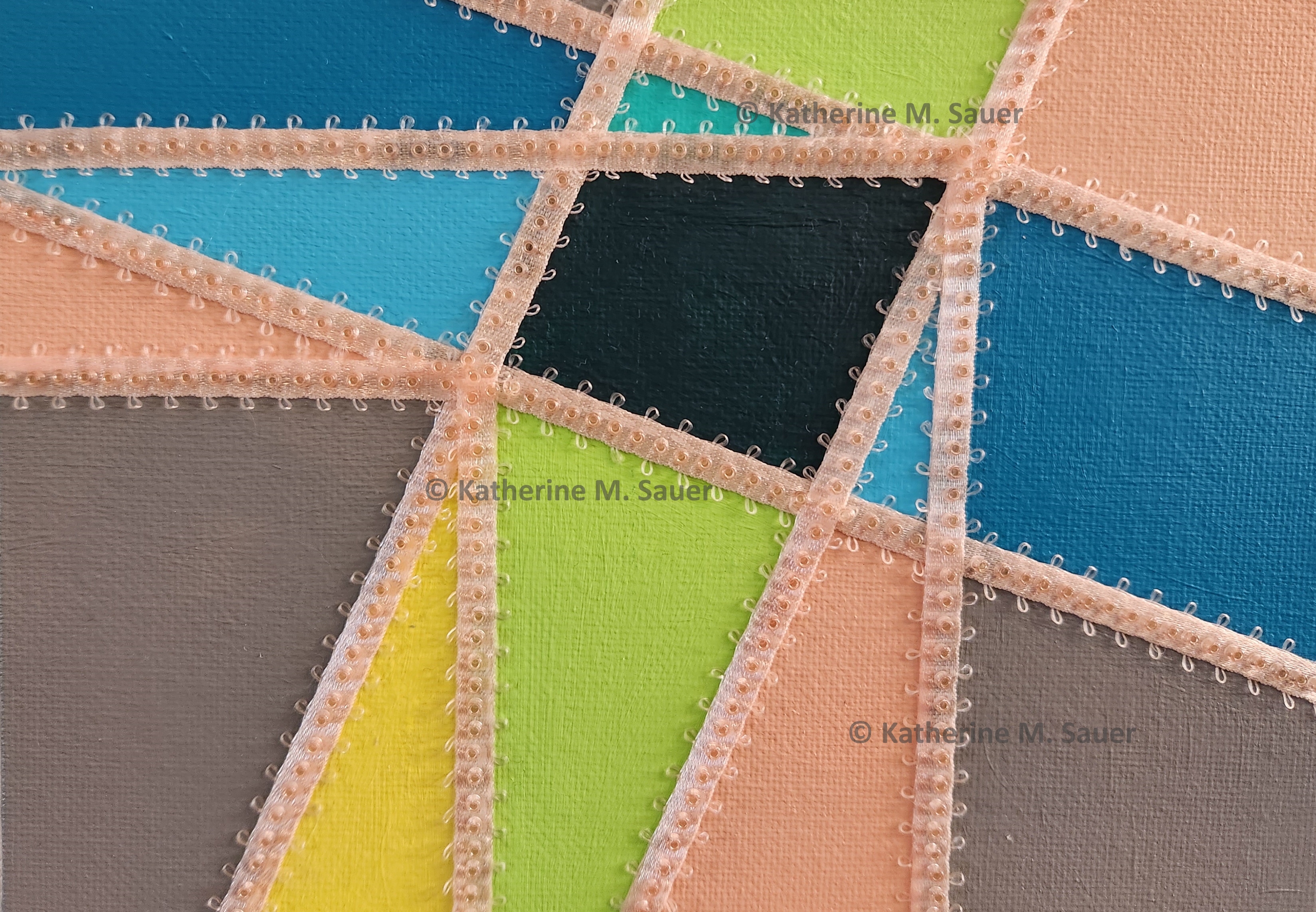Study: GDP
Gross Domestic Product is a way to measure the size of the economy, as measured by a dollar value.
It is measured as the sum of its components: Consumption (what consumers spend), Investment (business investment and inventories and new homes), Government (spending by all levels of government), and Net Exports (EXports minus IMports, capturing the value of what is sold abroad minus what we buy from abroad). For short, Gross Domestic Product is often represented by GDP or by Y.
This study explores the beauty inherent in the shapes of the letters themselves.























